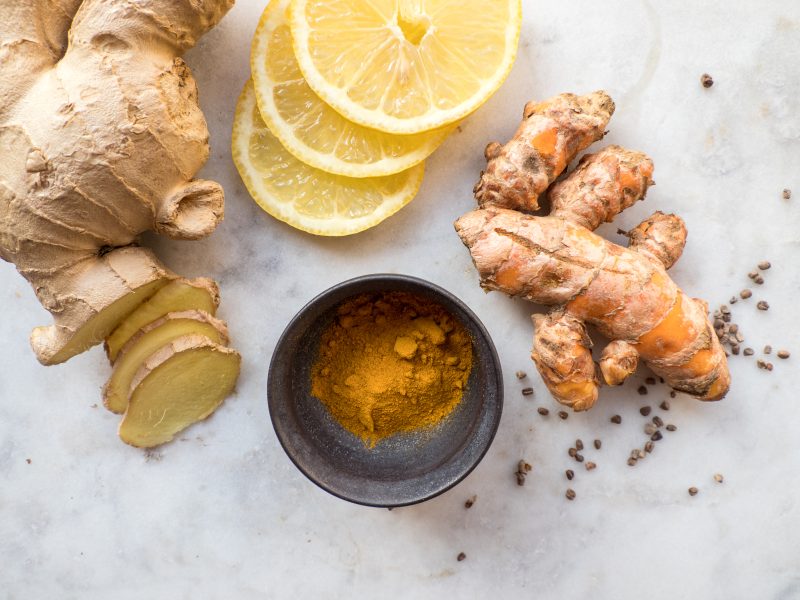
All About Inflammation
Summary
When you sprain your ankle or get a cut, you are likely to experience some swelling, pain, redness, or immobility. While these symptoms might be uncomfortable, they are signs that the immune system is functioning properly, and increasing blood flow to the damaged area, as well as releasing antibodies and proteins to aid in the healing process. When the body triggers this type of immune response to an injury, infection, or foreign irritant, we call it inflammation.
Acute inflammation from injury or illness usually lasts for only a few days, and is a normal part of the body’s helaling process. It’s when inflammation lingers, and
the body finds itself unable to turn off its inflammatory response, that we become concerned. We call this chronic inflammation, and its symptoms include abdominal/chest pain, fatigue, joint pain, skin rash, and fever. Chronic inflammation has been linked to several illnesses including type 2 diabetes, rheumatoid arthritis, heart disease, and certain cancers.
While chronic inflammation has a number of different causes, diet and lifestyle can be major contributors. Smoking, excessive drinking, and chronic stress have all been linked to inflammation, as has a diet high in added sugars, refined carbohydrates, fried foods, processed meats, and trans fats. There is also limited research to suggest that an overabundance of omega-6 fatty acids in the diet can increase the body’s production of inflammatory chemicals. Omega-6 fatty acids are commonly found in vegetable oils, nuts, and seeds. While our bodies need omega-6 fatty acids for brain function and healthy development, it is important to balance consumption of them with plenty of omega-3 fatty acids from fatty, cold-water fish like salmon and mackerel, as well as chia and flax seeds.
Fortunately, there are a number of foods that can help in the fight against inflammation. An anti-inflammatory diet should include a colorful array of foods high in antioxidants. Fruits like cherries, berries, red grapes, and citrus are a great place to start, as are vegetables like broccoli, brussels sprouts, kale, and spinach. Fiber-rich foods like beans, oatmeal, and whole wheat bread also make excellent additions to an anti-inflammatory menu. Lastly, culinary spices are a great way to add flavor to dishes while reducing the body’s inflammatory response. Turmeric, ginger, cinnamon, garlic, and cayenne are some of the most well-known and versatile anti- inflammatory spices available.
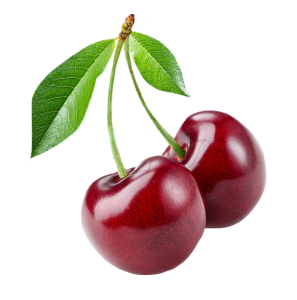
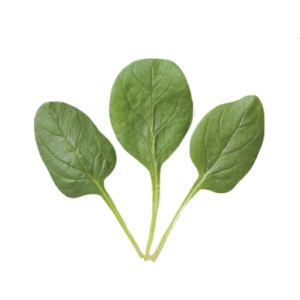
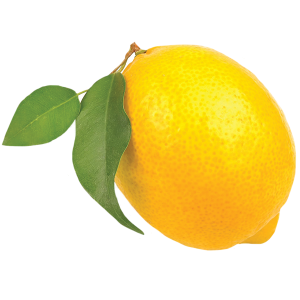
Further Reading
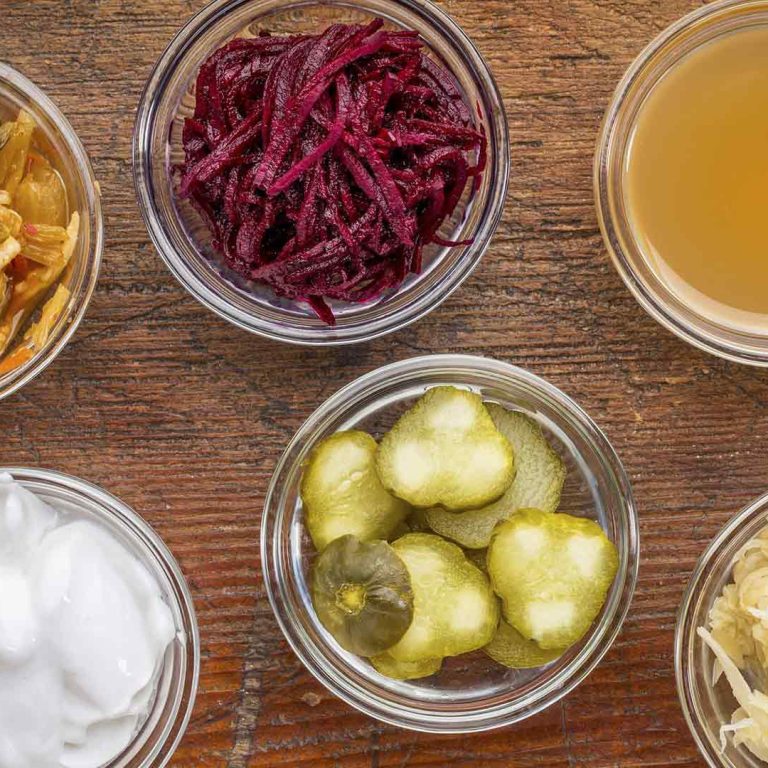
Power Up Your Immune System by Dr. Michelle Perro
Read More trending_flat
Make It Merry – Tips and Picks from our Specialty Department
Read More trending_flat